Dados do Trabalho
Título
TIME BETWEEN THE DIAGNOSIS AND TREATMENT OF PROSTATE CANCER: DURING 2013-2022 IN BRAZIL
Introdução e Objetivo
Prostate cancer is the most common solid tumor in men and one of the leading causes of mortality in the world.Therefore, when it is diagnosed, it requires an evaluation of its dimensions and prompt intervention for treatment. In this perspective, Law No. 127232/2012 guarantees that an oncology patient must begin their treatment within 60 days. This study aims to analyze whether this right was ensured between 2013 and 2022. To establish a comparison in the time between the diagnosis and the treatment of prostate cancer in Brazil, during 2013 and 2022..
Método
This research is an ecologic study with secondary data, about the consequences of the pandemic in the time to start the treatment of malignant prostate neoplasm in Brazil, between 2018-2022. The data was obtained from the “PAINEL – oncologia do Departamento de Informática do Sistema Único de Saúde (DATASUS)”, considering the variables time to start the treatment and year of treatment. The data was categorized utilizing the program Excel -2019.
Resultados
The total number of patients during the study period was 315,415, with the year 2022 standing out with 33,576 cases. The number of patients diagnosed within 60 days was 92,656, showing a non-linear growth throughout the entire period, peaking in 2022 with 13,321 cases and declining in 2016. It is important to note that the number of patients diagnosed after 60 days, although not consistently, showed a significant and higher absolute growth compared to the other group, totaling 152,695 cases. In fact, only in 2013 and 2018 did the group of patients diagnosed within 60 days have higher values compared to those diagnosed after 60 days, with 76,259 and 10,410 cases, respectively. Furthermore, there was a significant increase in the series from 2013 to 2014, with 6,808 (91.9%) new cases, resulting in a total of 14,212 cases. The peak was observed in 2022 with 17,496 cases, while the lowest result was in 2013 with 7,404 cases. The database also indicates that there is a percentage of cases where information about the treatment received after diagnosis is not available, totaling 47,673 cases.
Conclusão
The study demonstrated that treatment more than 60 days after prostate cancer diagnosis revealed more significant numbers compared to treatment within 60 days. Thus, it is evident to observe a failure in the implementation of legislation, indicating a possible delay in the initiation of treatment in Brazil during this period, which is detrimental to patients as it increases the risk of disease progression.
Área
Uro-Oncologia
Instituições
UNIFACS - Bahia - Brasil
Autores
ANA SILVIA SANTOS DE SOUSA, CATARINA ESTER GOMES MENEZES, CARLOS IAN SANTOS RIBEIRO
